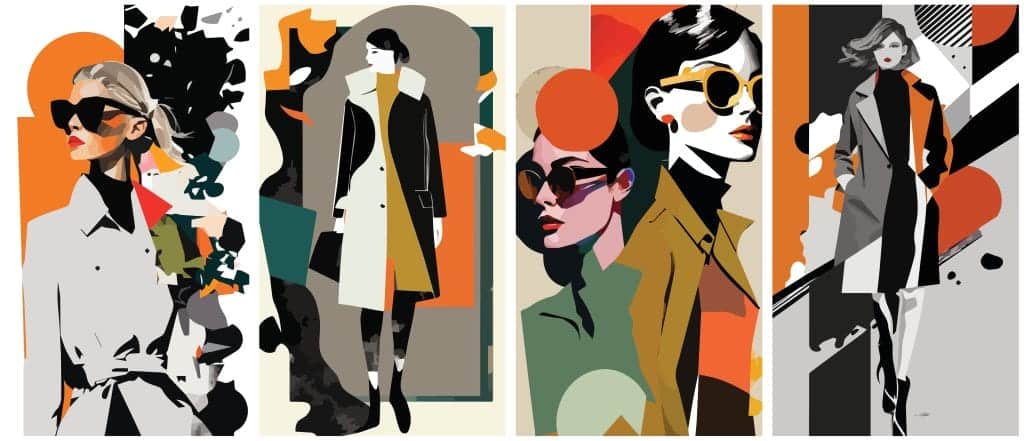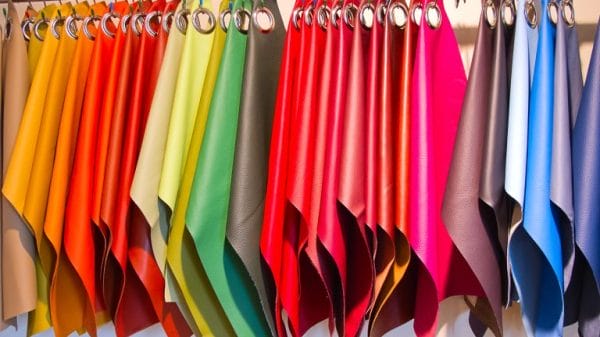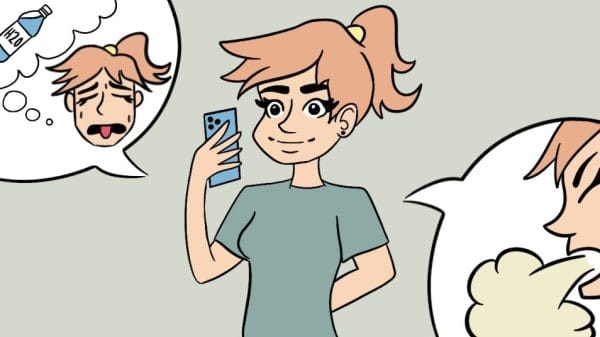Minimalism and maximalism fashion shows two different sides of the fashion world. Quiet luxury and minimalist fashion have gained immense popularity, but influencers and brands still embrace maximalist fashion and what they now call “clutter-core.”
Minimalism and Maximalism may be more modern terms, but the concept of simple and extravagant clothing designs isn’t. Socio-economic factors also influence which side society leans to, so it’s no wonder in this economy that everyone prefers to maximize style with as few pieces as possible.
The truth is that society cycles from minimalist fashion to maximalist fashion and back again. Whichever one is trending for one time period, the latter is destined to follow. The maximalist movement as we know it blew up during and after the Covid-19 pandemic. Fashion gurus put on crazy colors and numerous accessories to add excitement in isolation. We’re seeing a shift now to a minimalist and quiet luxury trend as we’re all focusing on the importance of quality pieces and functionality.
Bear in mind that although minimalism is overtaking the fashion landscape, this shift has only made maximalist influencers and styles gain even more attention. Influencers and brands continuing to embrace the maximalist style are making even more of a name for themselves because of their uniqueness and originality amidst minimalism.
Minimalism fashion
The minimalist fashion movement focuses on dressing simply. Whereas the “quiet luxury” trend takes it a step further, centering around a simple wardrobe with luxury pieces. Minimalism fashion emphasizes neutral colors, clean lines, and the absence of logos or anything “loud”. Minimalist fashion promotes capsule wardrobes, where only essential pieces exist in your closet that can create numerous outfit combinations.
People generally agree that the official start of minimalism as a fashion movement began around the 1960s. This sudden popularity in simple fashion took off when artists began using simpler compositions with geometric shapes in their artwork. The concept of simple living that emerged after the 1980s also perpetuated the idea. Japanese fashion design also increased and even radicalized the movement around this time period.
Quiet luxury really developed from the idea of dressing like “old money”. It might come as a shock that what started this trend was in part thanks to Gwyneth Paltrow’s 2023 court trial. Gwyneth was accused of severely injuring a skier at Deer Valley Resort, leaving the skier with a concussion and four broken ribs. Each court appearance also came with a structured, layered outfit that epitomized the term “quiet luxury.”
Influencer Paola Cossentino’s style is the perfect representation of this quiet luxury trend. Her bio describes her style as “timeless, vintage, and classic.” Fashion influencers otherwise make videos dedicated to minimalist dressing but don’t dress exclusively minimalist. Cara Kell is an LA stylist and vintage curator who has made multiple TikTok videos on how to embrace minimalist styling and capsule wardrobes.
Maximalism fashion
Maximalism fashion, on the other hand, is all about bright colors, layering, eccentric patterns, and over-the-top hair and makeup. This trend is all about having fun, taking the stress out of creating the “perfect” outfit, and self-expression. The term clutter core is trending on social media, which is the epitome of modern maximalism. The main difference between the two is that clutter core has an added emphasis on the amount of clothing and accessorizing done to outfits.
The art critic Robert Pincus-Witten first used the term maximalism to describe the reaction to minimalist and post-minimalist artwork. Maximalist styles throughout history tend to rise in popularity after a period of significant hardship like a major war or a worldwide pandemic. The maximalist style as we know it today came about in the 1980s from the Harajuku district of Japan, which emphasized bright colors, loads of accessories, and child-like dressing.
Clutter Core is inspired by the 2010s. It included bright colors, mismatched patterns, textures, accessories, and a focus on vintage clothing as a novelty. Tumbler girls, fashion bloggers with their “fit picks,” and an overall teenage craze to recreate runway looks with whatever they had available to them, were also big inspirations. The fashion icons Iris Apfel and Anna Dello Russo are primary inspirations for this trend.
Sara Camposarcone and Caroline Vazzana, in particular, are the OGs of maximalism. Sara Camposarcone is the embodiment of what maximalist fashion is in its extreme form. She is known for her outlandish accessories, which include cheese pants, giant lettuce earrings, a belt composed of plastic babydoll feet, and an ear headband. Caroline Vazzana, on the other hand, is still over the top but more cohesive in her styling.
Key takeaways: minimalism fashion
Minimalism emphasizes that you don’t need to spend a lot to dress well. All you need is a couple of quality staple pieces to wear every day.
It teaches that you don’t need to have a new outfit every day to be fashion-forward. This era often looks down upon repeating an outfit, but minimalism is all about getting rid of what’s unnecessary.
Minimalism also emphasizes the importance of sustainability. When you center your whole wardrobe on quality and clothing that can create multiple looks, then you use less labor and resources involved in purchasing something new.
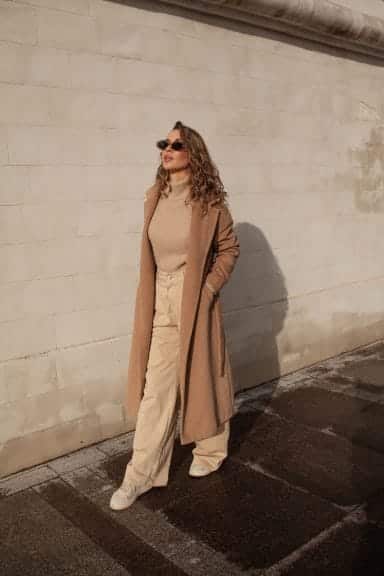
To learn more about how to choose staple pieces, check out How To Sustainably Build A Seasonal Wardrobe. To learn more about sustainability and slow fashion, go to Slow Is In The Lead: How Technology Is Putting ‘Slow’ Ahead Of ‘Fast’ Fashion
Key takeaways: maximalism fashion
Maximalism teaches that fashion is a creative outlet. There are an infinite amount of ways that a person can style their outfits. The number of accessories is also innumerable. Any color can be paired with another. You, as an individual, set the limits.
Furthermore, individuality is emphasized with maximalism. Self-expression is the key reason why people follow maximalism. They want to show off who they are as an individual as much as possible with their clothing. There isn’t one way to do maximalism.
Maximalism fashion also embraces confidence. It takes a lot to be able to wear clothes that might gain attention. Famous influencers like Sara Camposarcone and Caroline Vazzana have even faced backlash for their style choices. It takes a confident person, however, to wear whatever they want and not care about what other people have to say on the matter, which is exactly what maximalism is all about.
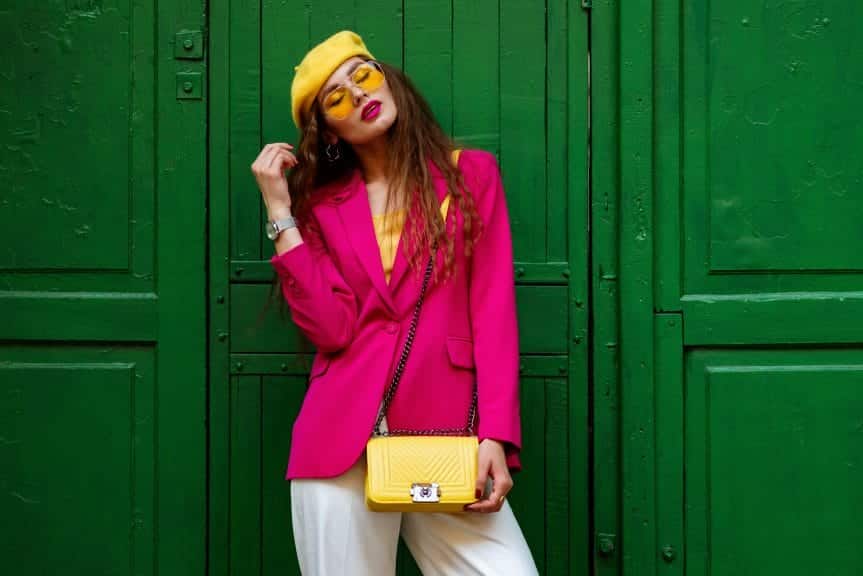
To learn more about the importance of individuality over trends, go to Cost Of Current: The True Price Of Staying Trendy. For more ideas on how to style outfits, go to Fashion Trends We Are Going To See In 2024 and Wardrobe Essentials: A Guide To Completing Your Closet.
Keep in Mind…
Minimalism and maximalism fashion exist on a continuum. Most of us dress in between the two. An example might be an outfit with a pop of color. These terms exist to explain a way to style, but they aren’t set rules. The terms are designed to give people new ideas on how to dress, but the decision is ultimately yours.


